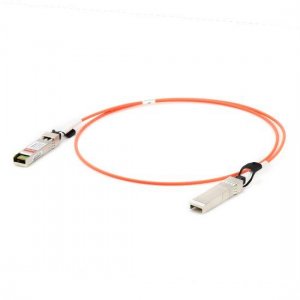What Are the Impacts of Temperature on Optical Transceivers?
The working temperature of optical transceivers affects all the parameters of optical transceivers. If the ambient temperature of the optical transceiver changes, the operating current of the optical transceiver will vary with temperature. At the same time, the parameters of the optical transceivers change, which affects the normal transmission of optical transceivers. Today, we mainly talk about the causes of too high or too low temperature on optical transceivers and its impact. What Is the Normal Temperature of Optical transceivers? Because the type and brand of the optical transceiver are complicated, the temperature of modules corresponding to different optical transceiver temperature levels are different and the temperature specifications defined by the supplier are different, whether the temperature of optical transceivers is abnormal or not needs to be considered according to these factors. Before we use the optical transceiver, it is best to check the vendor’s defin


